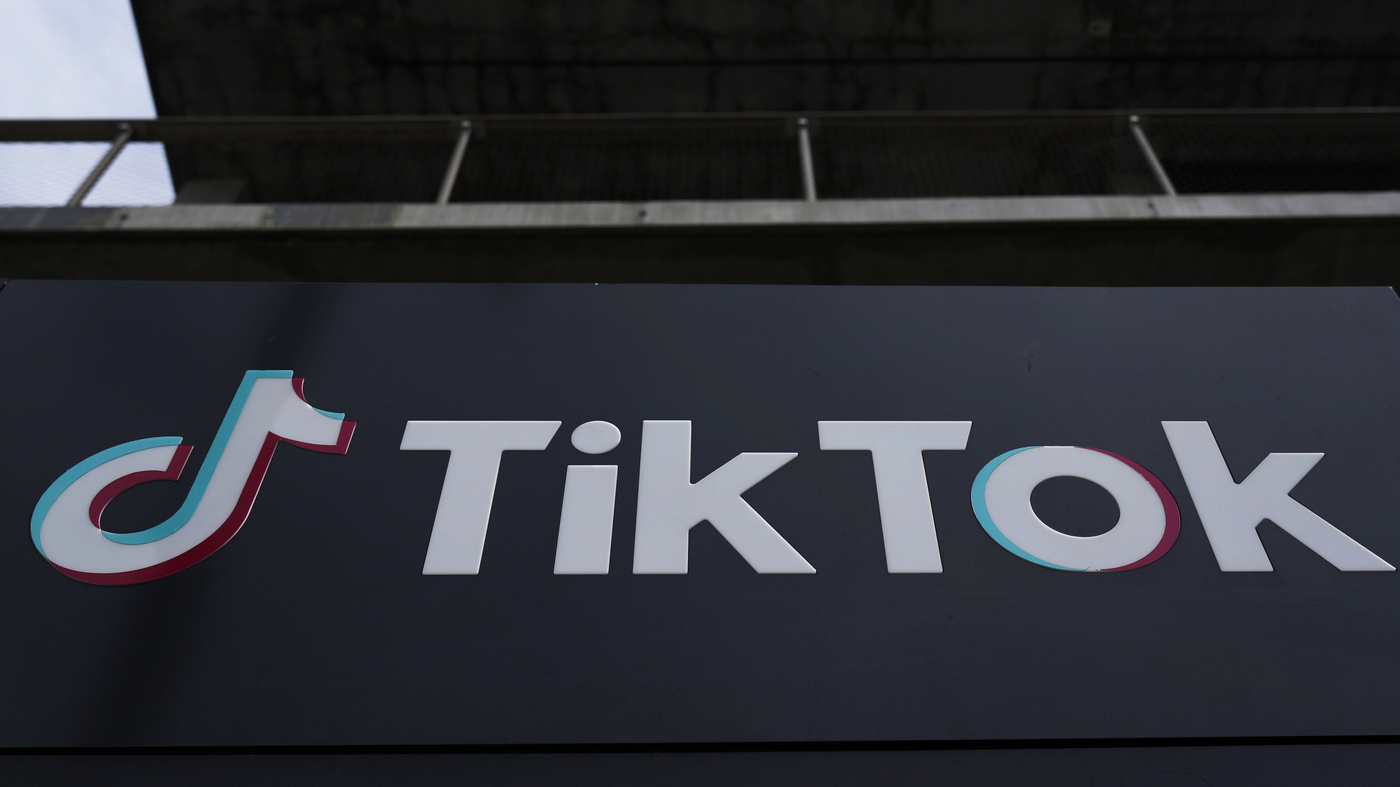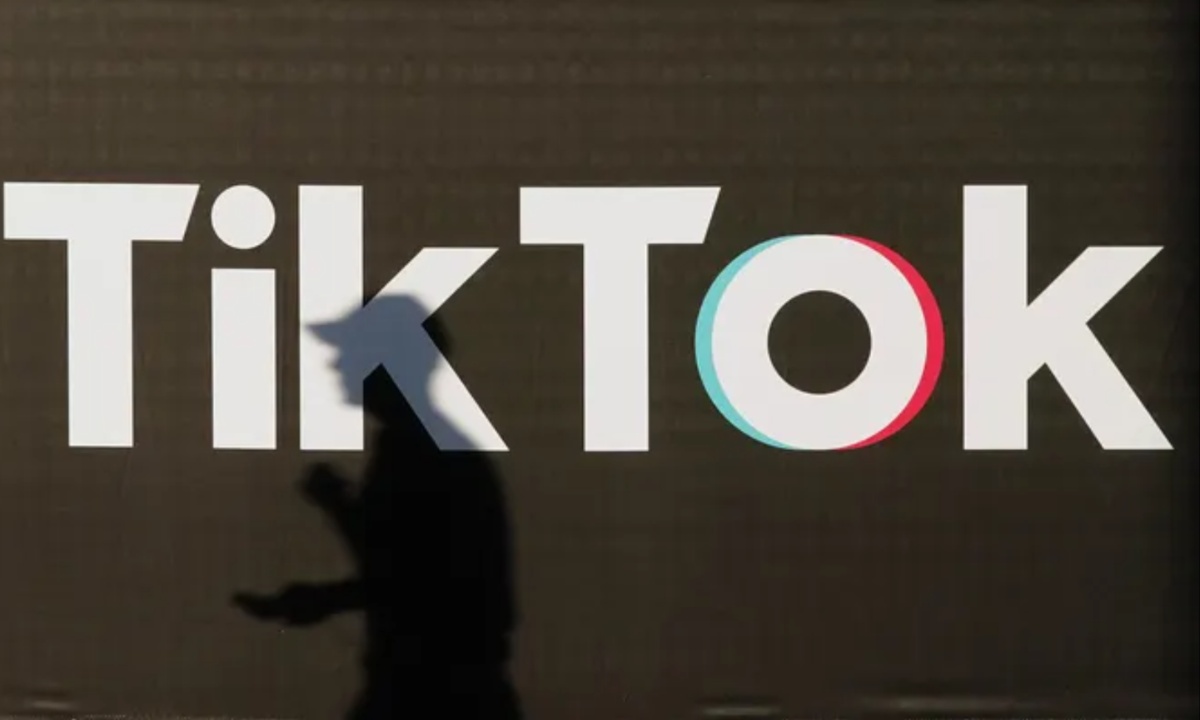As the deadline for a potential TikTok ban in the U.S. draws near, uncertainty looms over the platform’s future. The ban, initially enacted in January, was temporarily lifted by President Trump, who signed an executive order extending the deadline by 75 days. The new deadline, set for April 5, requires ByteDance, TikTok’s Chinese parent company, to divest from the platform. Despite ongoing discussions, it remains unclear who will acquire TikTok, leaving both users and advertisers anxious about the future of the app.
Advertisers Face Uncertainty Amid Executive Departures and TikTok’s Potential Shutdown Concerns
Advertisers are facing challenges due to the uncertainty surrounding TikTok’s future. As the ban looms, some TikTok executives have reportedly admitted that they are unsure about how the situation will unfold. In response, TikTok offered verbal assurances to advertisers that they would honor refunds for upfront ad dollars if the platform were to shut down. However, these assurances were not formally written into contracts, leaving brands skeptical about committing to long-term advertising investments on the platform.

In addition to external uncertainty, TikTok has been dealing with an exodus of key executives, further signaling internal instability. High-profile leaders such as Sameer Singh, Jack Bamberger, and Adrienne Lahens have all left the company, with Lahens, in particular, being a familiar face in TikTok’s public relations efforts. The loss of these executives raises questions about the company’s ability to navigate the complex challenges it faces, including potential regulatory changes and competition from other platforms.
Competitors Capitalize on TikTok’s Uncertainty While Broader Shifts Transform Tech and Media Sectors
As TikTok’s future hangs in the balance, its competitors are seizing the opportunity to attract both creators and advertisers. Platforms like YouTube Shorts, Instagram Reels, Pinterest, and Substack are actively courting TikTok’s user base, offering incentives and campaigns to entice creators to switch platforms.
Meta, for example, has offered payments to top TikTok creators to migrate to Instagram Reels. While TikTok’s competitors are making significant strides, TikTok remains a dominant force, with Reels and Shorts emerging as its main rivals.
The ongoing uncertainty surrounding TikTok is part of a larger shift within the tech and media sectors. Beyond the potential ban, industry experts are also concerned about broader economic factors, such as fears of a recession, which could influence how advertisers allocate their budgets across digital platforms.
In parallel, streaming services are actively seeking to recruit YouTube creators to produce original content, while companies like Scope3 are transitioning toward AI-driven solutions to remain competitive. These changes highlight the significant transformation taking place as platforms adjust to regulatory pressures and evolving market conditions.




